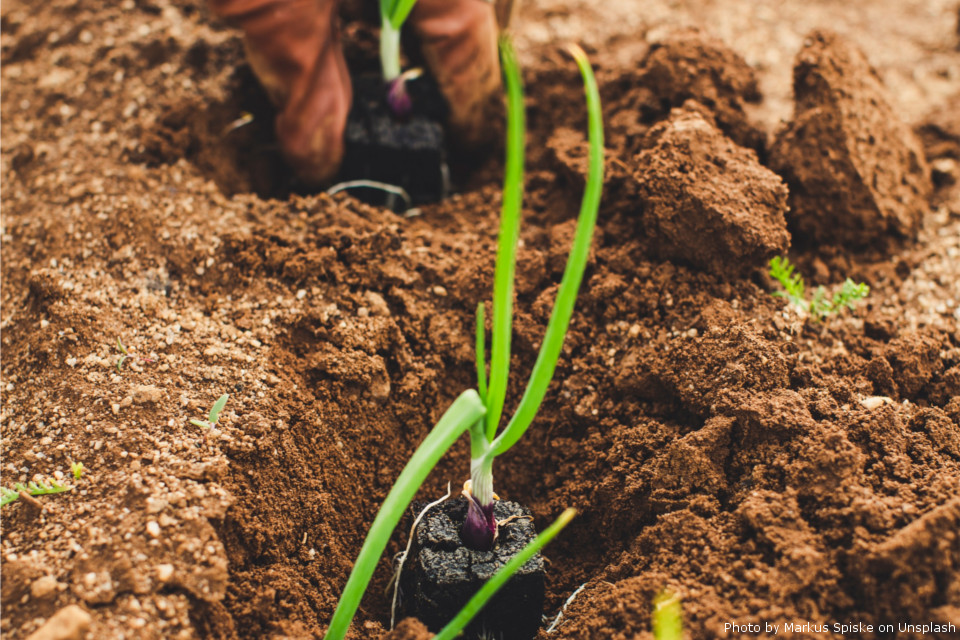Emilia-Romagna: the new agro-meteorological network is open hardware

In Emilia-Romagna Region the stations of the RIRER network (Integrated Regional Hydro-Meteo-Pluviometric Network of Emilia-Romagna) can be grouped into 3 different and homogeneous networks in terms of structure and purpose:
- those with the main purpose of civil protection - data transmission mainly via UHF radio;
- those with predominantly agro-meteorological and climatological purposes, including agro-meteorological and urban networks - GSM/GPRS transmission;
- those with climatological purposes, composed of mechanical stations and Stima V3 automatic stations - GSM data transmission.
CAE, in temporary joint venture with DigitEco, has won the tender for the updating of the agro-meteorological network of the Region of Emilia-Romagna, as indicated above in point 2. This network, established at a regional level since 1985 and completely renovated in 2004, now requires plant and instrumental adaptations to allow to maintain a high quality standard, as well as to exploit the innovative solutions that are now made available by the current technological landscape, in the same open hardware perspective that has already been developed internally by Arpae for the Stima V3 stations. All this offers optimization in the measurement of quantities, greater flexibility in managing the data flow, and innovative and safer transmission techniques. The choice of open source stations is expected to be an optimal solution also for private sectors: the aggregation of data between public and private networks will be facilitated, as well as its management and maintenance.
The supply and installation of new automatic stations, replacing the existing ones, will allow the agro-meteorological network to implement with full efficiency the monitoring functions of atmospheric variables for meteorological and agro-meteorological applications, as well as to continue the historical climatic assessments.
In the first implementation phase, the project involves the evolutionary development of the already existing Stima open source monitoring station project, both at the hardware and software level; then it will follow the updating of the agro-meteorological network stations, replacing the existing ones with 44 new automatic stations, of which:
- 35 basic agro-meteorological stations equipped with rainfall, air temperature and relative humidity sensors;
- 9 complex agro-meteorological stations equipped with rainfall, air temperature, relative humidity, solar radiation and wind sensors.
Meteorological events have a crucial influence on the agricultural management of the territory and strongly affect its productions, in both qualitative and quantitative terms. Knowing the characteristics of the local climate has always guided crop choices and livestock farming, and the planning of agricultural activities cannot ignore the weather trend of the agricultural season. Agro-meteorology has taken an increasingly important role in agricultural planning, due to the greater meteorological variability in recent years, and in particular to the growing spreading and intensification of extreme phenomena. With the update of this monitoring network, the Emilia-Romagna Region wants to guarantee the agricultural world all the information needed and be certain that it is reliable data.
Back to the news index
